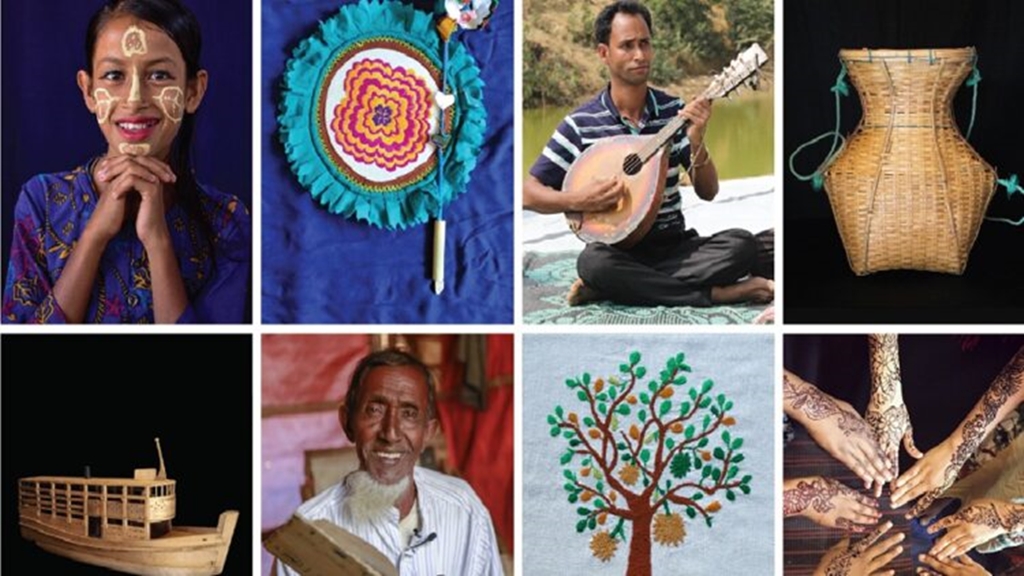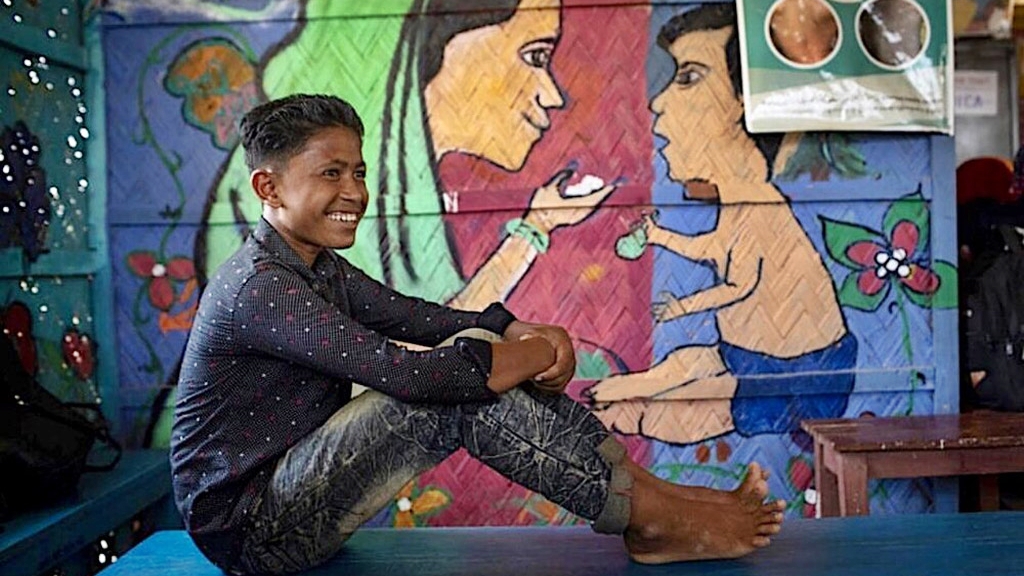
Rohingya Food
- 26/06/2012
- 0
Rice is the staple food grain of Rohingyas. The diet of Rohingyas is simple with rice, fish, vegetables, milk and chillies; meat is taken occasionally. The majority of Rohingyas eat fishes with fresh vegetables or potatoes. Dry fishes and salted fishes are also not uncommon among Rohingyas. On all festive occasions, cows, water buffaloes and goats are slaughtered for sale and distribution. Mutton, beef and chicken are processed according to the Islamic approach, Halal.
People during Manrique’s days were very fond of rice cake and dried fish. The traveller writes, “Rice cakes, the usual food for these people without which, in spite of eating other food, they still feel hungry” (Manrique, 1, 99) People of this district still prepare variety of rice cakes popularly known as Pitha on special occasions or whenever need arises. Sidol (decomposed fish), Xaga (Hak or vegetables), dried fish, etc. were some of the common food of the common people of Arakan-Chittagong region during Manrique’s time. (S.B. Qanungo’s A History of Chittagong P. 545). The Arakan with its geographical location inherits a mixed culture in food Indian cuisine, the Rakhine dish and the English. While snacks of foreign nature are commonly made, the traditional snacks known as “Pira” is in vogue. ‘Pira’ is made of rice powder, coconut, molasses, etc.







